We have a range of different biodiversity work streams, many of which involving partnerships with community and other groups.
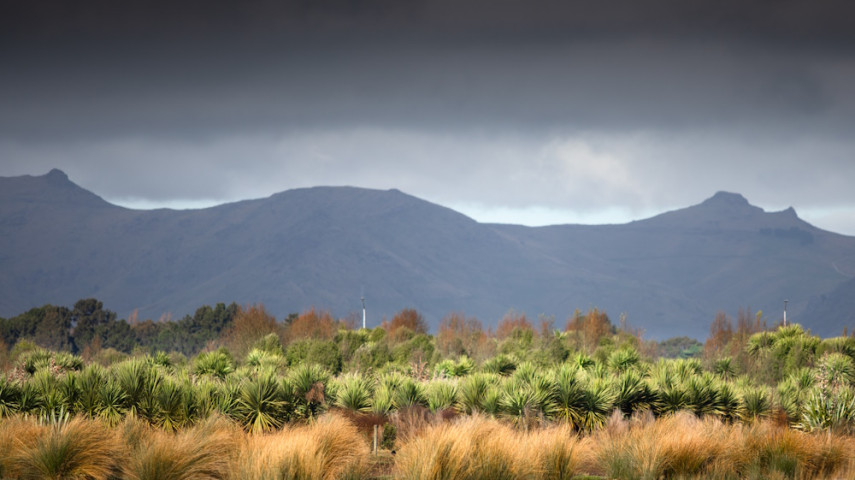
If you have questions about biodiversity in parks, contact parks.biodiversity@ccc.govt.nz.
Find out more about the biodiversity of our city, and what's happening in other area of Councils.
We engage in a large number of planting events to restore natural habitats. Some of these are undertaken as part of the Urban Forest Plan while others are undertaken with community and volunteers.
Read restoration plans for the following projects:
- Brooklands Lagoon [PDF, 2.5 MB]
- McLeans Grasslands Reserve [PDF, 1.5 MB]
- Mcleans Island Dry Plains [PDF, 1.1 MB]
- Murchison Forest Park [PDF, 2.2 MB]
- Ōtākaro Avon River Corridor Wetland [PDF, 1.8 MB]
- Smacks Creek Riverbank Reserve [PDF, 1.1 MB]
- Styx Esplanade Reserve at Redwood Springs [PDF, 2.2 MB]
- Yaldhurst Bush [PDF, 1.2 MB]
To maximise habitat restoration, weeding and maintenance of existing planting areas is also required. You can help with this through assisting at an event, or even adopting a site of your own. Anyone can join in with planting and weeding. Find out how to get involved.
Our biodiversity team can provide advice and expertise on how you or your group can best contribute or even lead ecological restoration efforts in our parks.
View projects we are currently working on or are proposing.
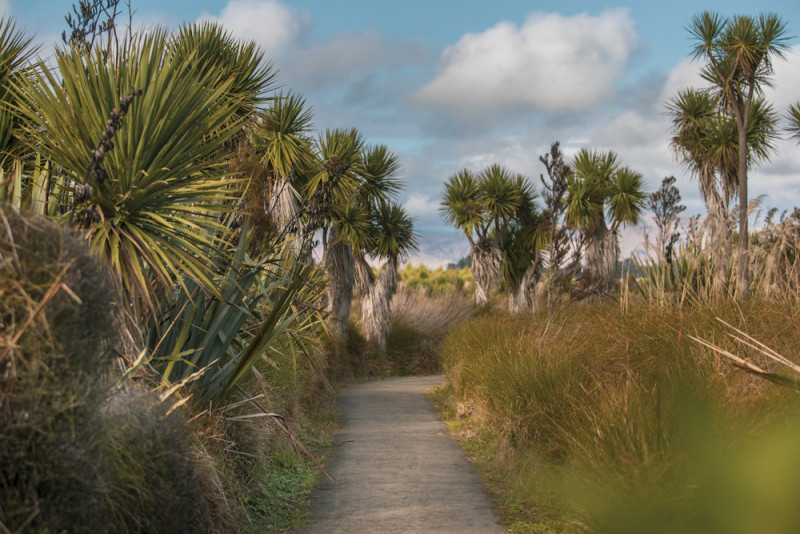
Restoration of Ōruapaeroa-Travis Wetland has resulted in 53 species of bird, 700 to 900 invertebrate species, and 80% of pre-European native wetland plants being recorded here.
Our ecologists monitor and report on our native, rare and threatened species.
Read management plans:
Pest plants in our region are a major concern, and hence the importance of weeding and maintenance. We have numerous teams aiming to keep pest plants out of our parks, and welcome volunteers assisting with this.
Our park rangers run extensive predator control in parks where there are high ecological values, particularly in our regional parks. We also provide some support to predator control groups at priority sites, provided they have undertaken specialised training.
Read our operational pest management plans:
- Pest plant management plan. [PDF, 1.2 MB]
- Pest animal management plan. [PDF, 2.2 MB]
For details regarding animal trapping, download our trapping brochure [PDF, 1.9 MB].
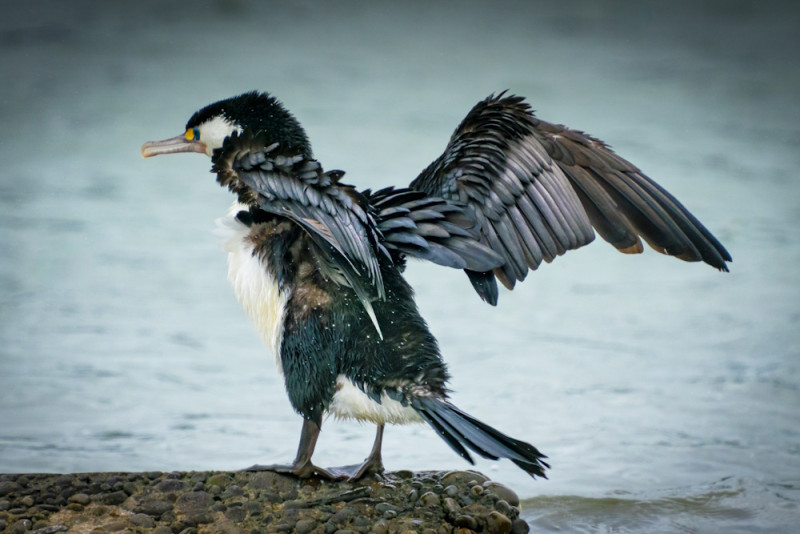
Trapping predators helps protect eggs and chicks of native birds like this Kōau/Pied shag.
The parks unit employs several ecologists who undertake monitoring of our native plant and animal populations. However, more biodiversity data is needed.
We welcome people becoming involved in monitoring and citizen science so we can measure the effects of the biodiversity work undertaken in Christchurch.
Find monitoring groups to join.
Resources
Some resources and options for monitoring include:
- Inaturalist(external link): A place where you can record what you see in NZ nature.
- Merlin(external link): An app that allows you to identify birds by bird call as well as by sight.
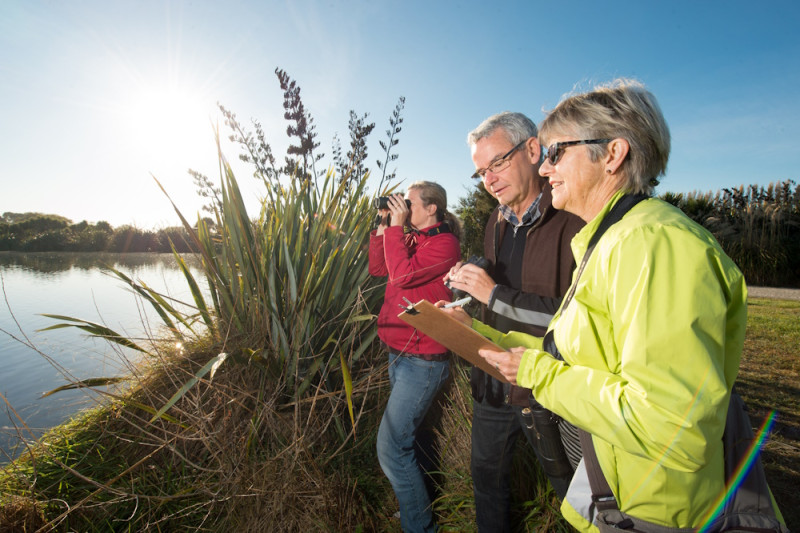
Volunteers monitor birds at Styx Mill Conservation Reserve.
Biodiversity isn't just something for the experts, you can help increase biodiversity and protect ecosystems from your backyard.
Find out how you can increase biodiversity in your garden and community [PDF, 1 MB].
The Parks Unit has run several citizen science projects in the past where community have helped us to grow rare native plants, or gather vital information. Read about past backyard projects.
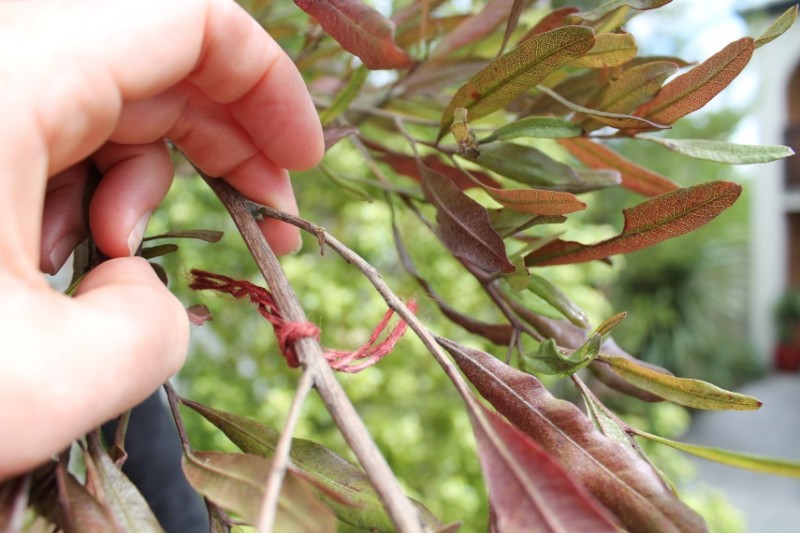
The Backyard Mistletoe project aimed to boost biodiversity by bringing back native mistletoe into urban Christchurch.
